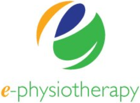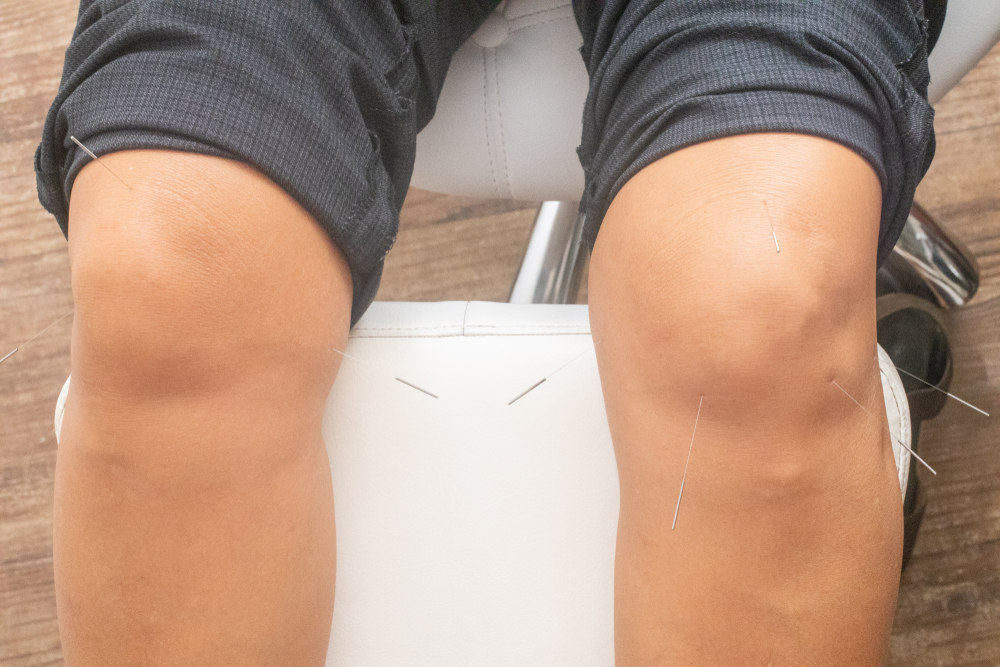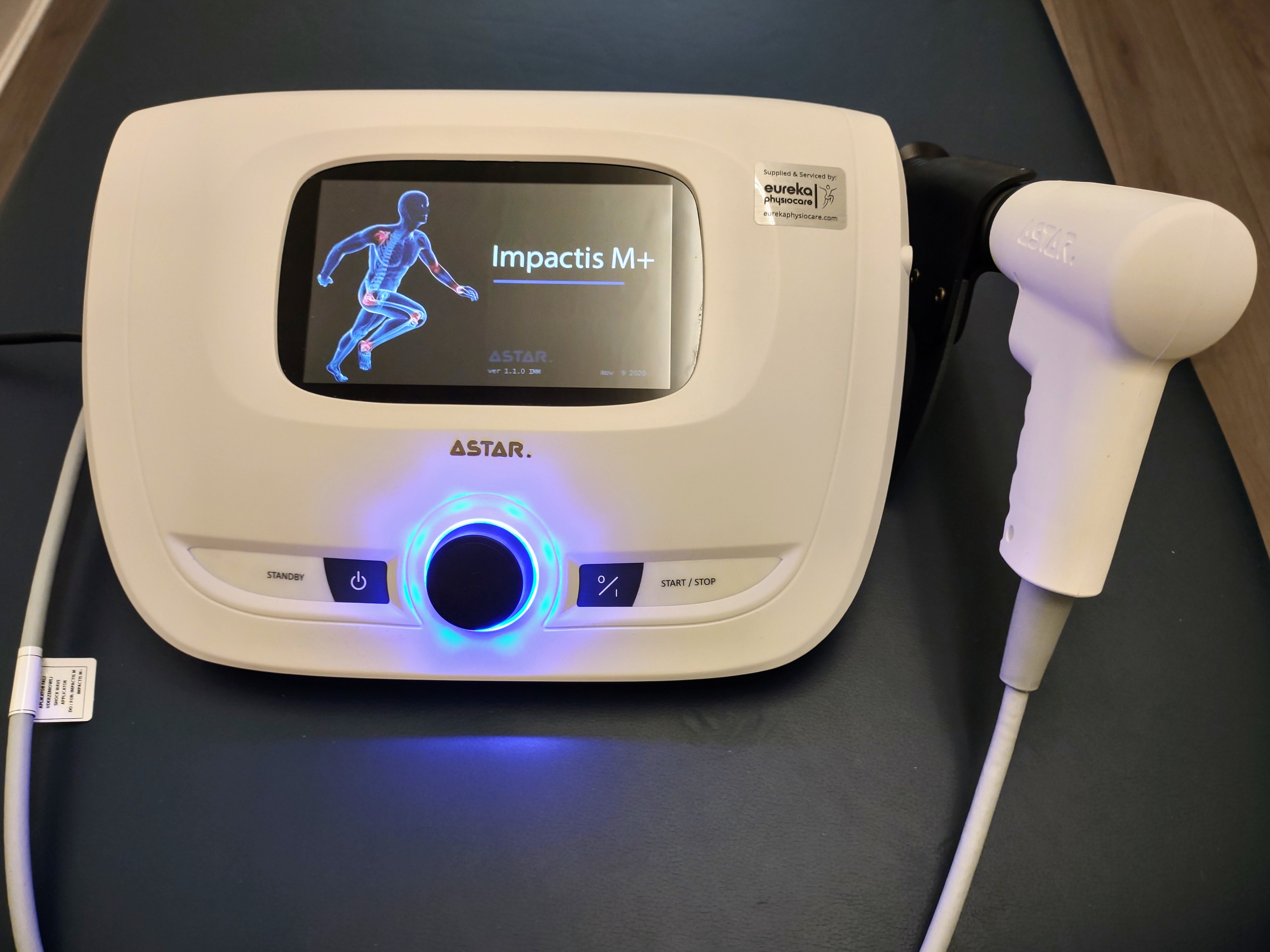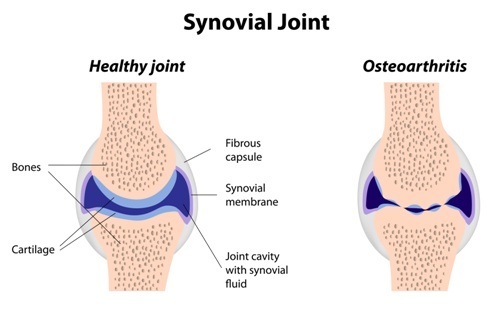There has been debate among researchers as to whether acupuncture, electro-acupuncture and dry needling are helpful for controlling pain and improving function in different conditions, injuries and diseases. There is now good evidence that for osteoarthritic knees, it is useful for both pain control and functional improvement, from two systematic reviews published in 2008 and 2019. These reviewed randomized trials from 1992-2004 and 2006-2017 respectively.
Measures. The most consistently used measurement scales included ones for functional ability such as the Western Ontario and McMaster Universities Arthritis Index (WOMAC), and pain measures such as the visual analog pain scale.
Control groups. Acupuncture or dry needling was compared to sham acupuncture, a waiting list group or standard western medicine care. Sham acupuncture involved using needles in areas that are not considered acupuncture points and only inserting them superficially or using the plastic guide tube from an acupuncture needle on the patient’s skin and tapping it while out of view of the patient. The waiting list group did not receive any treatment or had education sessions about osteoarthritic knees and managing the symptoms. The final comparison group received standard treatments such as medication.
The number of treatments and treatment periods varied considerably between the different randomized controlled trials. The shortest treatment period was four weeks and the longest 26 weeks. The number of treatments varied from six sessions to 23 sessions. So there is still a wide range of treatment frequency that may be effective in the clinical setting.
Outcomes. All of the studies except for one found that osteoarthritic knees treated with acupuncture/electro-acupuncture/dry needling improved a statistically significant amount compared to the control groups. This was for both pain levels and functional ability. It should be remembered, however, that some of the effect sizes were small so on its own, acupuncture may not be the answer. In a clinical setting, acupuncture/dry needling is used with strengthening, flexibility and balance exercises along with medication to control the symptoms of arthritis.
References
Li J, Li YX, Luo LJ, Ye J, Zhong DL, Xiao QW, Zheng H, Geng CM, Jin RJ, Liang FR. The effectiveness and safety of acupuncture for knee osteoarthritis: An overview of systematic reviews. Medicine (Baltimore). 2019 Jul;98(28):e16301. doi: 10.1097/MD.0000000000016301. PMID: 31305415; PMCID: PMC6641846.
Selfe TK, Taylor AG. Acupuncture and osteoarthritis of the knee: a review of randomized, controlled trials. Fam Community Health. 2008 Jul-Sep;31(3):247-54. doi: 10.1097/01.FCH.0000324482.78577.0f. PMID: 18552606; PMCID: PMC2810544.




